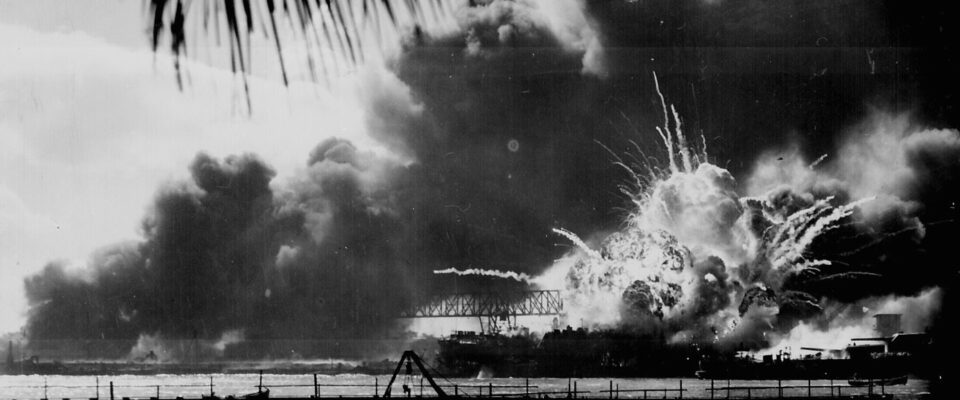The Japanese Expansion
In 1931, Japan’s invasion of Manchuria marked the start of the Japanese expansion in East Asia, which continued with a violent attack on China in 1937. Japan became one of the three main Axis Powers after signing the Tripartite Pact with Germany and Italy on September 27th, 1940. In an effort to curb Japanese militarism and to force Japanese forces to withdraw from China and Manchuria, the United States implemented economic restrictions on Japan, and together with other western powers including Britain, Australia and the Dutch, stopped selling them oil, iron ore and steel. Faced with severe shortages and the risk of economic collapse, Japan sought to weaken the United States as the dominant Pacific power and decided to attack US and British forces in Asia, seizing Southeast Asia’s resources.
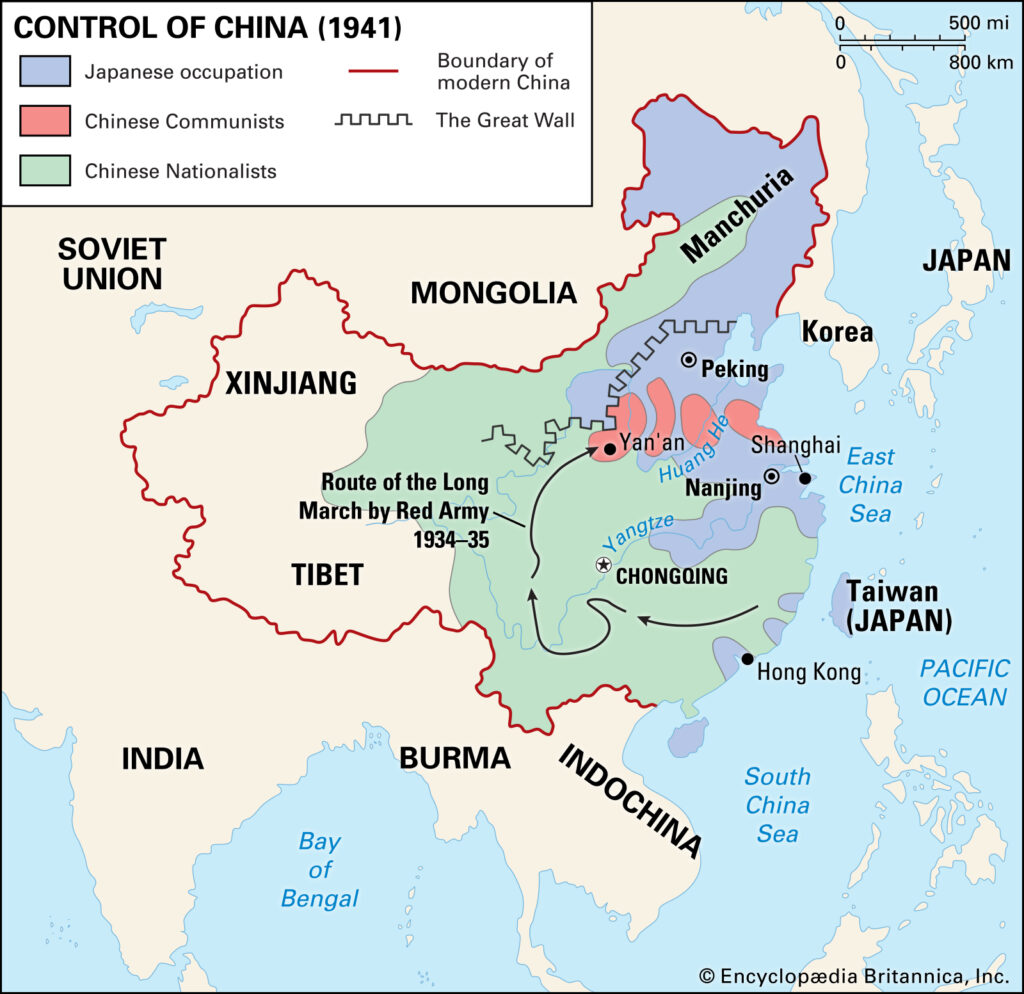
Encyclopædia Britannica, Inc.
The Attack on Pearl Harbor, Hawaii
On December 7th, 1941, Japan launched a surprise attack on the US Pacific fleet at Pearl Harbor, Hawaii, causing severe damage and destruction, temporarily halting the United States’ interference with Japan’s military operations. The operation destroyed eight American battleships, 188 American aircraft and killed 2,403 Americans. The damage, however, was not as severe as Japan had anticipated and the next day, in response to the attack, the United States, as well as the United Kingdom, Canada and the Netherlands issued a declaration of war on Japan. Four days after Pearl Harbor, Germany and Italy declared war on the United States, entering them into a two-theatre war.
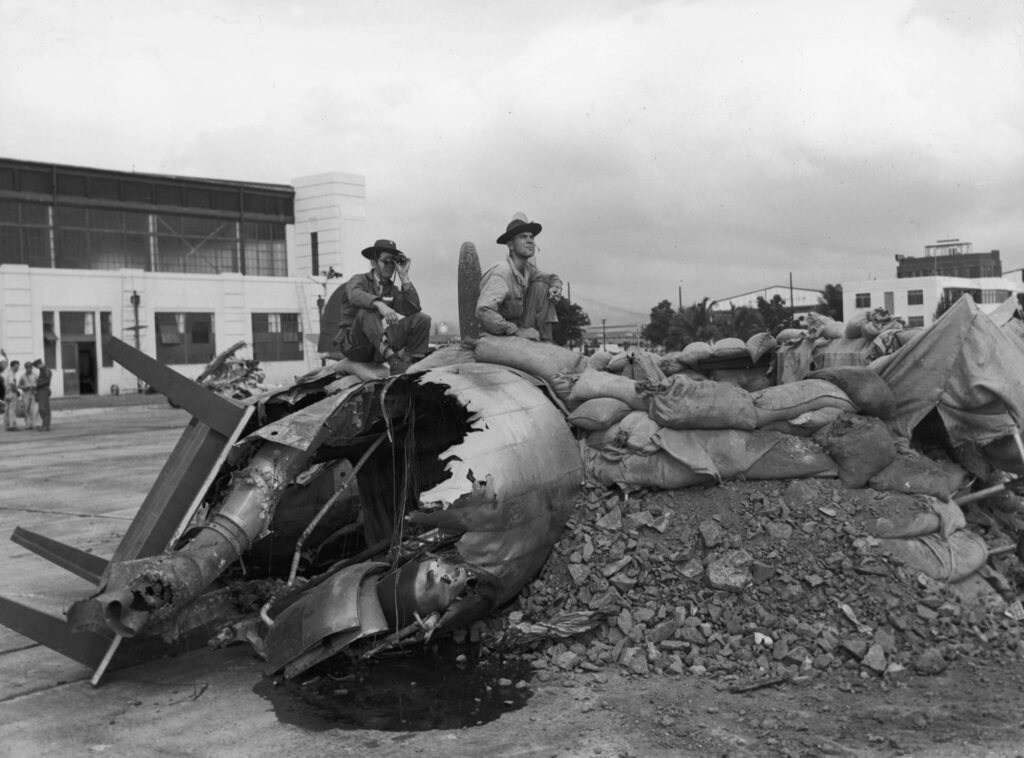
Following the attack on Pearl Harbor, Japan achieved success in several military operations. In December 1941, Japan invaded Guam, Hong Kong and Wake Island as well as the Philippines, Malaya, Singapore, Burma and the Dutch East Indies (Indonesia) in early 1942. Thailand was also invaded by Japanese forces who pressured its leaders to declare war on Great Britain and the United States. It was only by mid-1942 that British forces in India as well as New Zealander and Australian forces in New Guinea effectively halted the Japanese advance.
The Battle of Midway
The Battle of Midway in June 1942 was the turning point in the Pacific war, marking the end of Japanese expansion. The Battle of Midway was a decisive-naval battle won by the American Navy following the discovery of the plan of the Japanese attack by code-breakers. Similarly to the attack on Pearl Harbor, Japan aimed to displace the United States as a dominant power in the Pacific, so that they could establish supremacy in East Asia uninterrupted. However, the Japanese fleet suffered heavy losses and were defeated by the Americans.
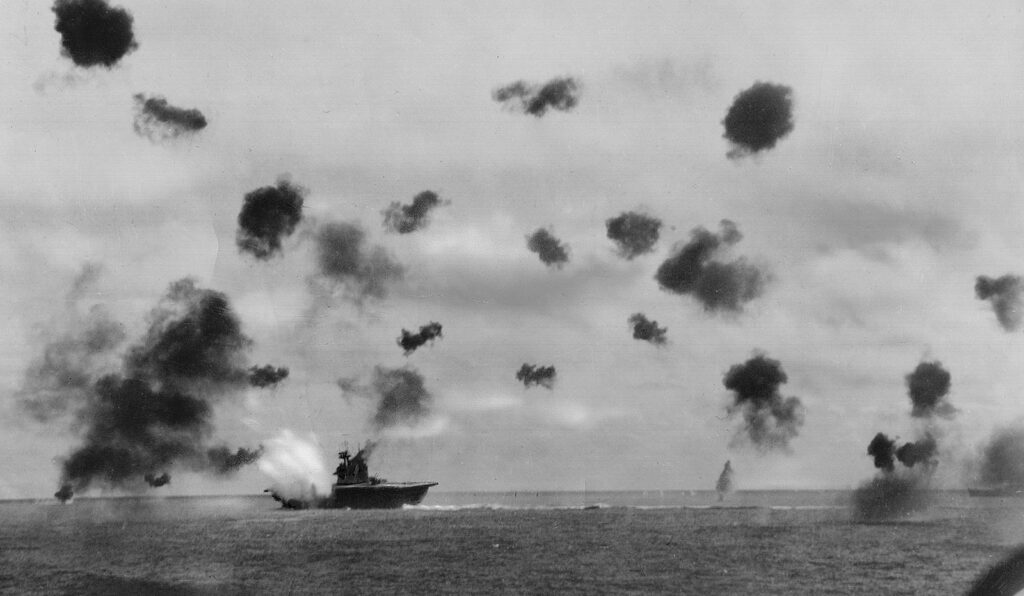
National Archives, Washington, D.C.
The Battle of Guadalcanal
In August 1942, the attack carried out by the Allied forces (mainly USA Marines) on the Japanese in the Solomon Islands resulted in a forced withdrawal of Japanese forces from the Island of Guadalcanal in February 1943. This was the first major offensive by Allied forces against Japan and pinpointed the Allied transition from being on the defensive to becoming a strategic initiative in the Pacific. Allied forces continued to lead offensive operations and gradually gained air and naval dominance, eventually leading to Japan’s official surrender on September 2, 1945, and the American occupation of the Japanese home islands.
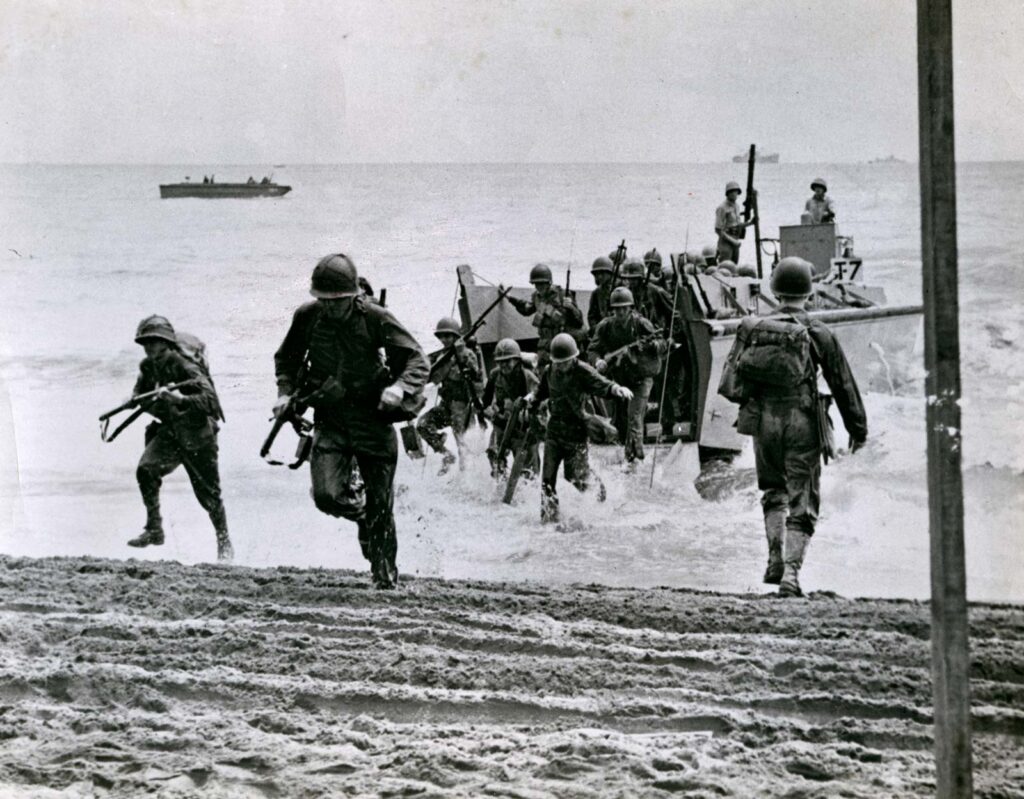
UPI/Bettmann Archive

